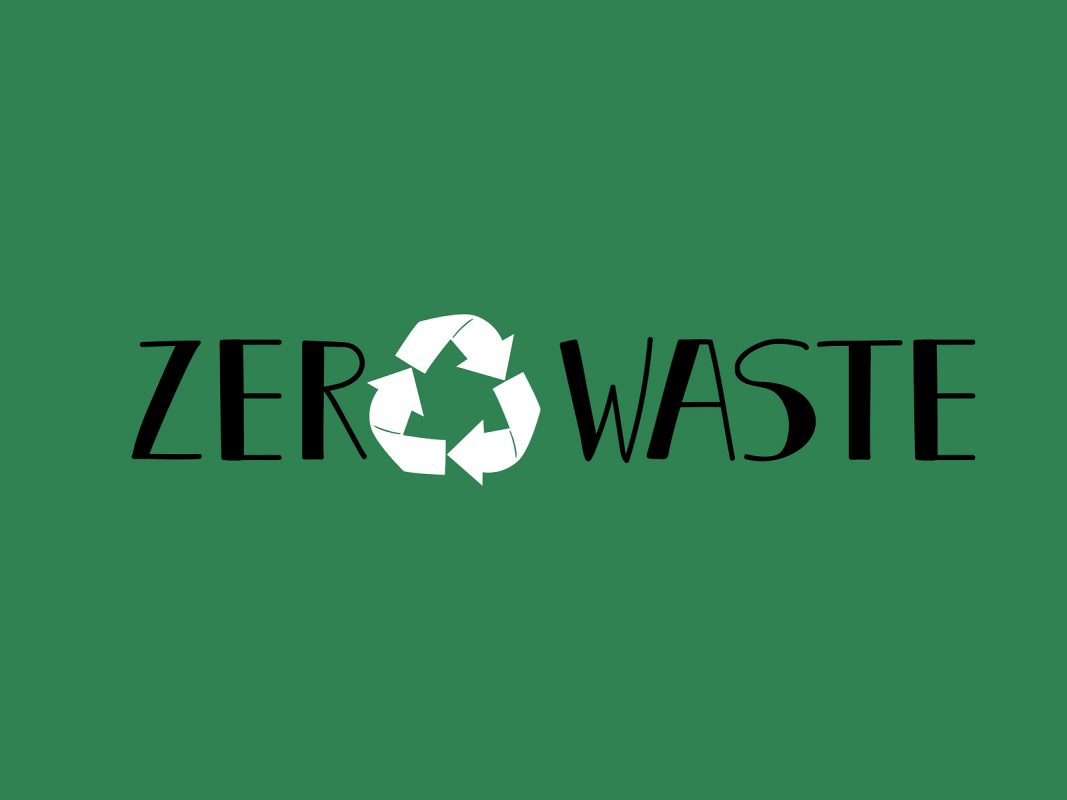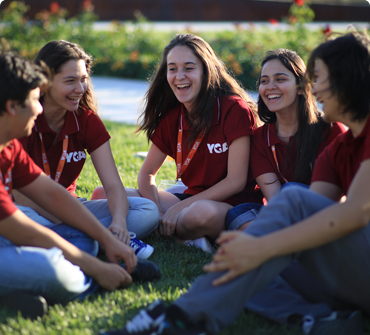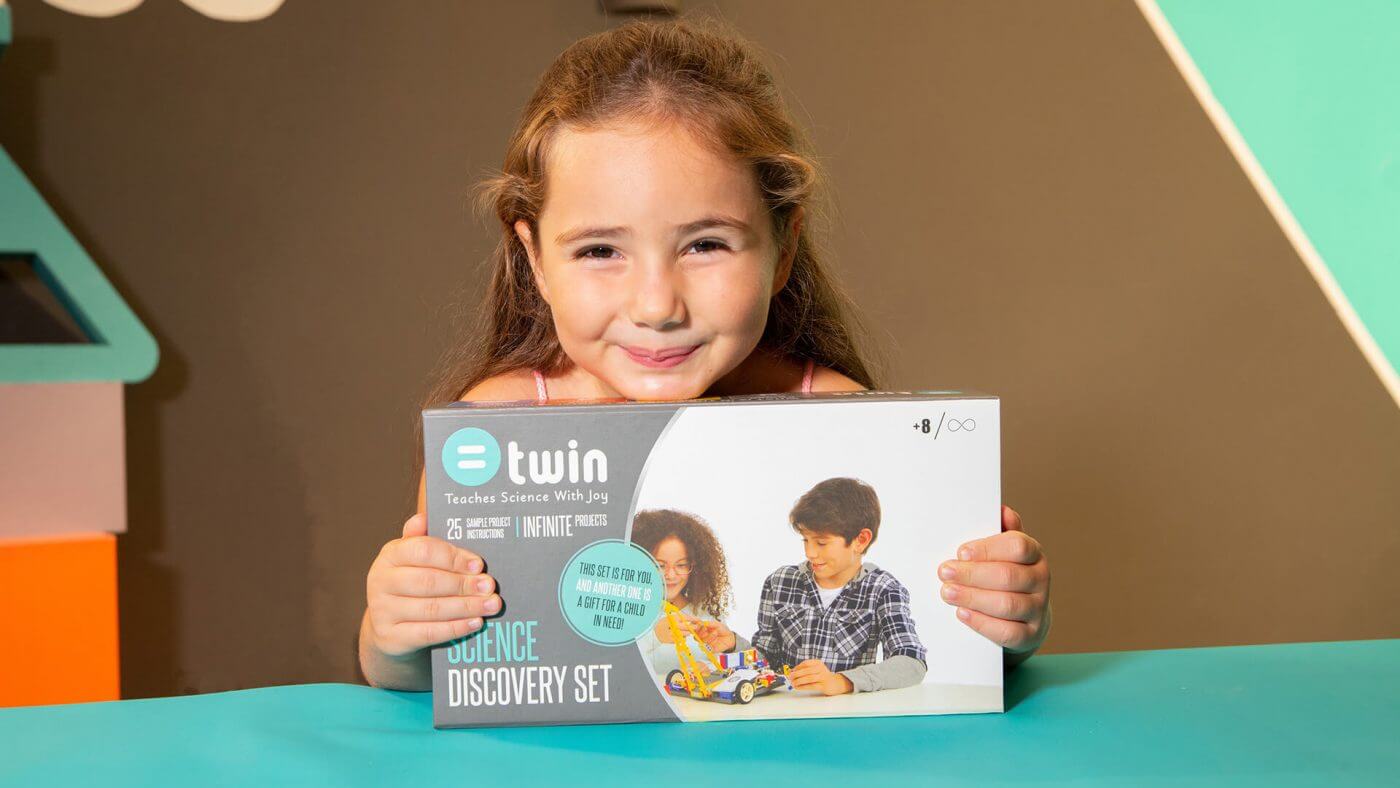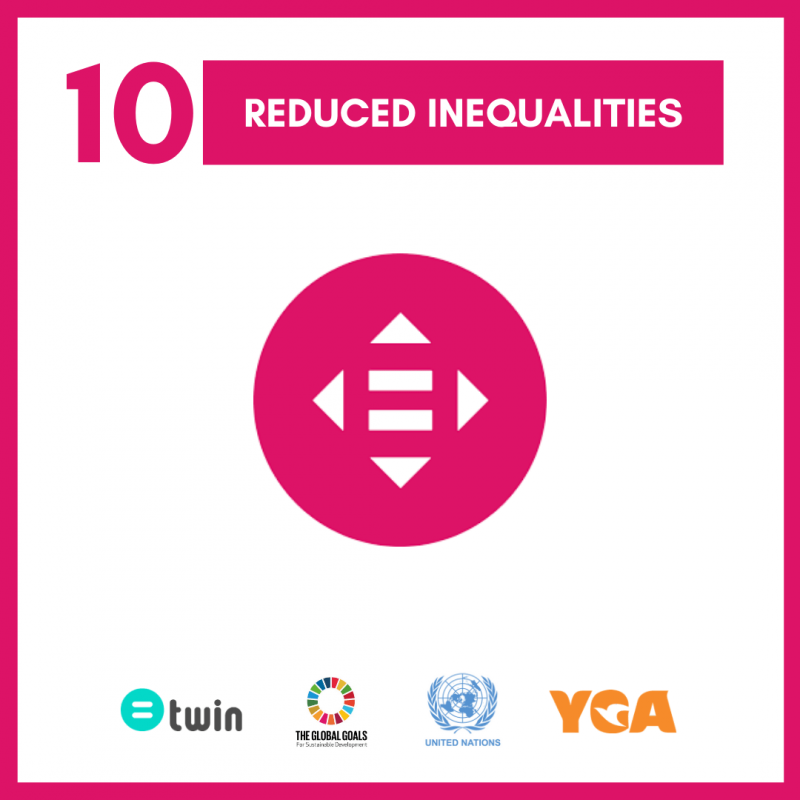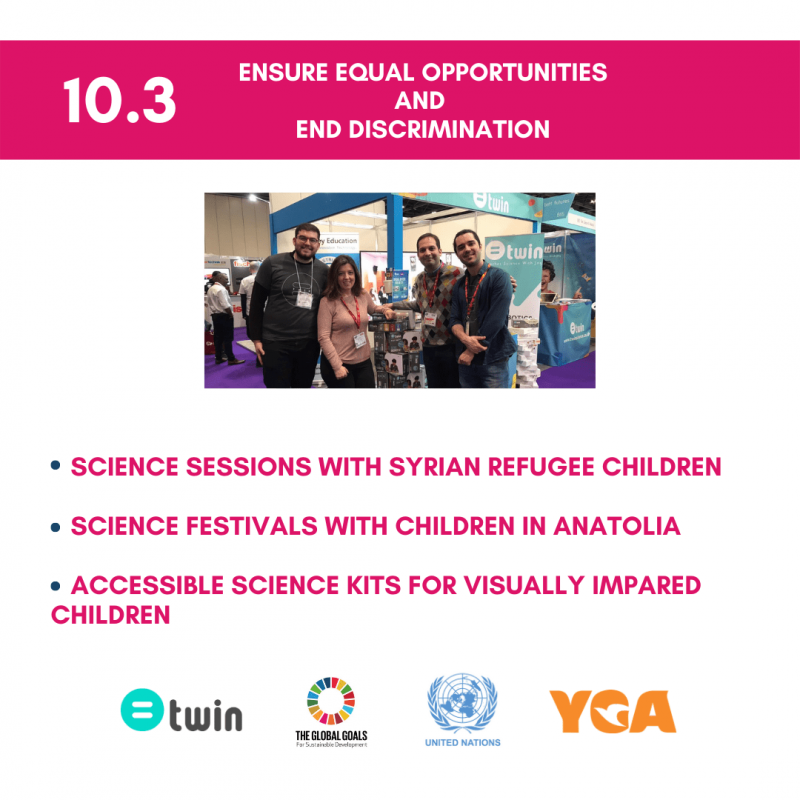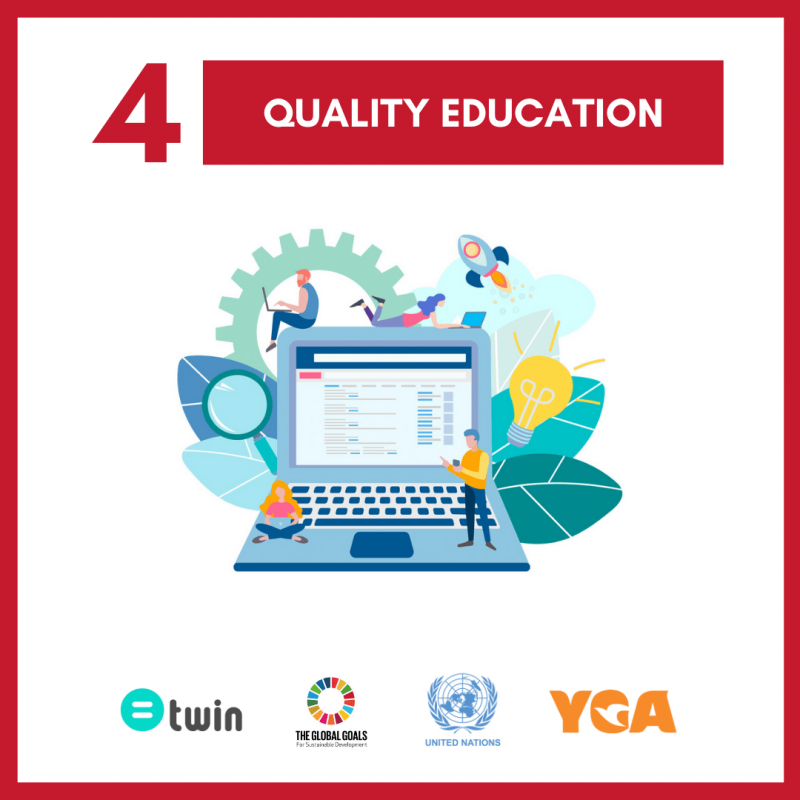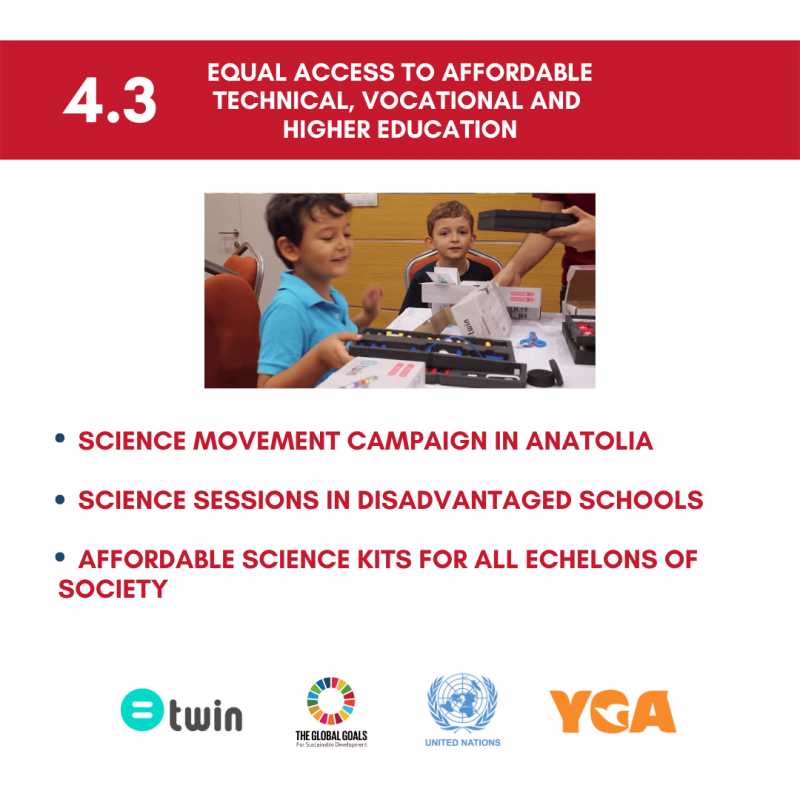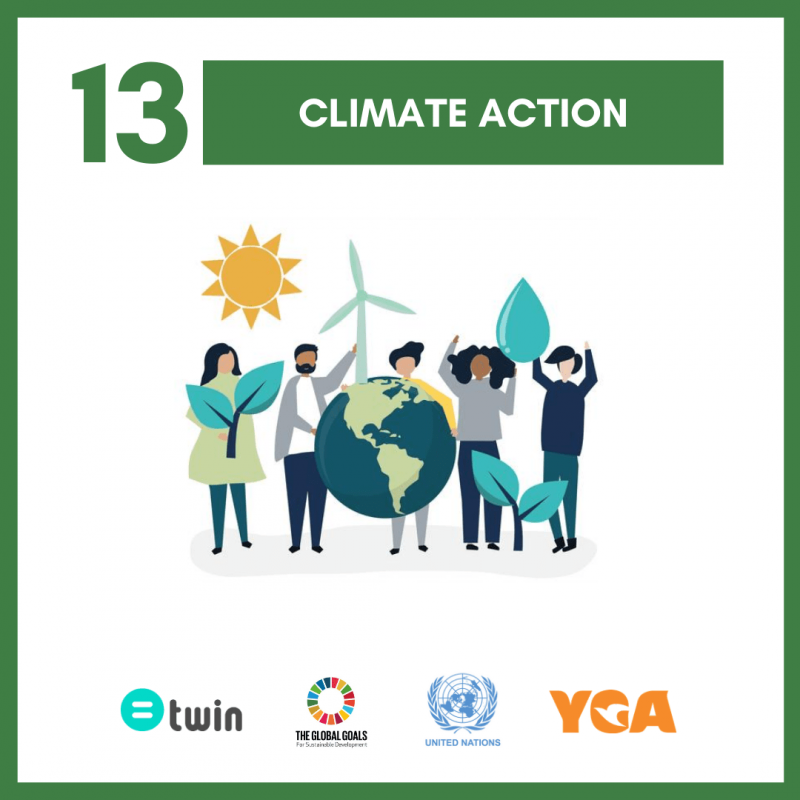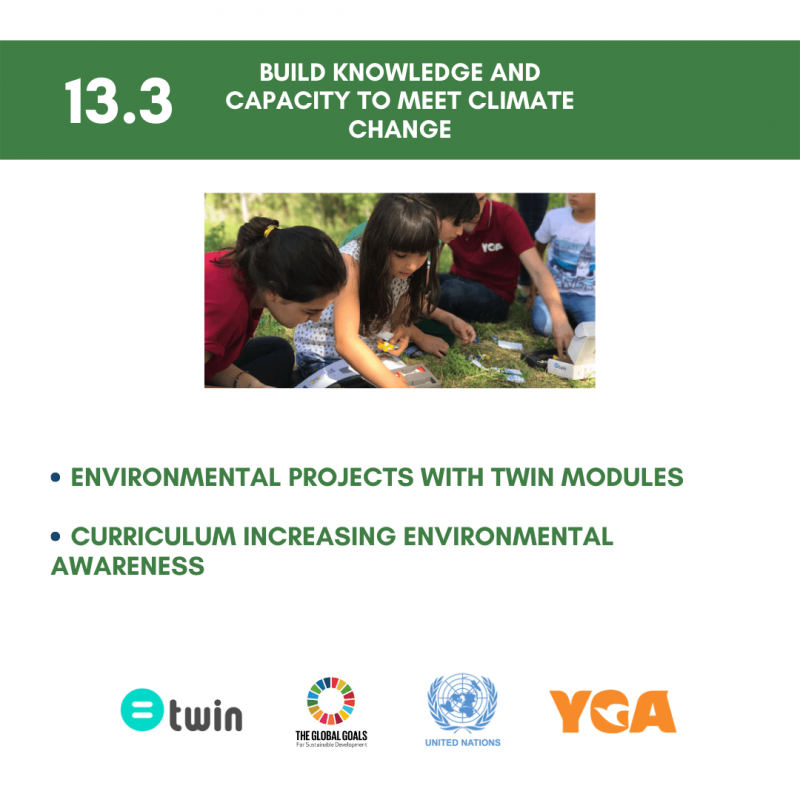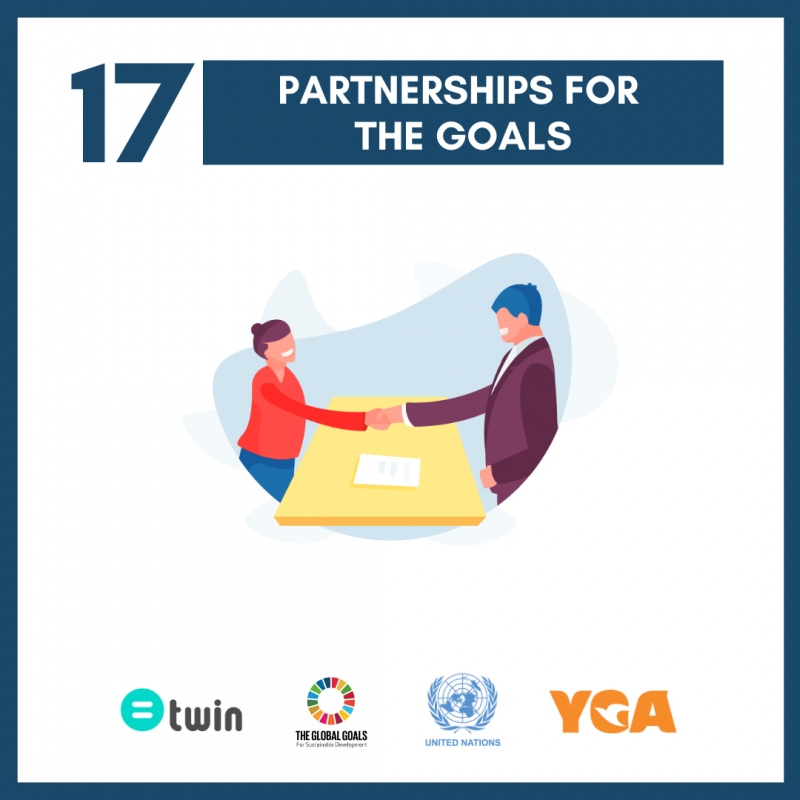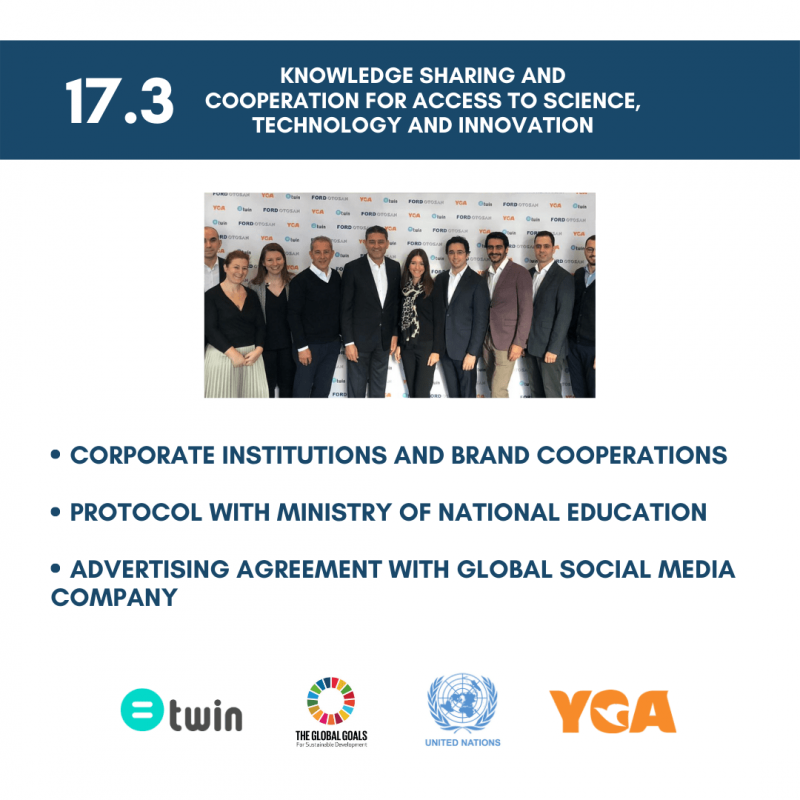How to Teach Your Children About Climate Change?
By now, climate change is no breaking news — children are already hearing about it and seeing it around them.
As with every difficult subject, developmental psychologists recommend that caretakers and educators should step in to ensure children are learning about climate change in an age-appropriate and factually correct way, while being mindful of their emotional wellbeing. Climate change is a reality. Rather than avoiding the subject, you can talk about it in a safe place to help them develop resilience.
Climate change awareness has two dimensions: scientific understanding and conscience. In other words, it requires a double-winged learning approach. What do we mean by that? Nurturing the kids’ interest in science but giving equal importance to a moral sensibility towards the world.
It may seem challenging, and it’s definitely a sensitive topic. All you need is to do some homework and come up with the right strategy. We hope this article helps you clarify climate change for kids.
Talking to Your Kids About Climate Change
The first step to being a great teacher is being a great student. It’s one thing to know about it, and another to know it well enough that you can explain in basic terms! So let’s start with the basics of climate change.
What is climate change?
Shortly defined by scientists on NASA ClimateKids, climate change is a change in the average conditions in a region over a long time. It may not sound so dire, but it is. Global temperature is not simply changing. The change is gaining acceleration year by year.
In the last 100 years, the Earth has warmed by 1 degree Celcius. Here’s how significant that 1 degree can be — in the last ice age, it was only 6 degrees Celsius colder than today.
What is greenhouse gas? What is the greenhouse effect?
Some gases wrap up the Earth like a blanket. The heat coming from the Sun in the day are released back into the air at night. That blanket, our atmosphere, traps some of the heat. This is called greenhouse effect. It’s actually a good thing that keeps our planet warm.
Most of the greenhouse gases naturally exist in the Earth’s atmosphere. They consist of water vapor, carbon dioxide, methane, ozone, nitrous oxide, and chlorofluorocarbons.
Now, imagine putting too many blankets on. It creates an excess of heat. These “blankets” in question are massive and permanent, and they can do irreversible harm to ecosystems.

How to Explain Climate Change to a Child
Unlike its name, global warming is a cold harsh truth. Especially for younger kids, the raw scientific explanation may be too much to digest at once. Hence, you need strategies to talk about effects of global warming for kids.
In this section we will briefly touch upon tactics and ideas you can use while teaching kids about climate change. Of course, it eventually comes down to the age group, level of knowledge, interests, and likes of the child.
Start with Basic Climate Change Facts
Educators and developmental psychologists suggest keeping things simple, especially with younger children in preschool. In these ages, children are inclined to believe that the world is a good place, and the adults can handle pretty much everything.
You can start by asking what they already know, and introduce them to the overall picture. The blankets around the earth are getting thicker, but there are things we can do to change back to the right kinds of blanket!
Don’t forget to talk about the actions that scientists and climate change activists are taking, so that they will feel safe, and feel like they can participate in saving our dear planet Earth!
Explain Human Causes of Climate Change
Showing the effects of human influence over time is a concrete and actionable method. Moreover, children learn through concrete examples. It’s a good strategy to help them relate the science to their personal experiences.
Luckily, there are many resources online. You can use graphs and satellite images to show examples of climate change and its correlation with human activity.
For example, most adults today know human chlorofluorocarbon emission has affected the ozone layer, and how it repaired itself over time as global awareness increased and the use of chlorofluorocarbon product decreased.
A similar direct link was observed in the beginning of the pandemic when motor vehicle activity ceased briefly during lockdowns. In many cities, the air quality increased dramatically. Imagine what longer term measures against air pollution can do!

Explore Climate Change Activities for Kids
We have curated just the solution for a fun way to engage children with climate action – Climate Change Action content on the Twin app featuring British polar explorer Antony Jinman! Want to explore the STEM activities, games, and educational content on the Twin app specially geared towards climate awareness?
Use the code CLIMATECHANGE100 to claim your free gift — one-month of digital subscription!
Access all exclusive STEM and climate education content on the Twin app and instill the love of science in your child.

There’s a broad range of activities to try while teaching climate change to kids. You just need to find a fit with the child’s age, interests, and talents:
- Kid-friendly documents and movies about climate change (great for visual learners!)
- Hands-on educational activities and games on climate change, renewable energy sources and technology
- Unstructured outdoor play time to connect with nature
- STEM apps for kids with games and experiment ideas about climate change
- Experiments about melting ice and rising water levels
- Do a puzzle about climate change keywords and terms (e.g.: climate, weather, global warming, carbon footprint, carbon emission, fossil fuel, greenhouse effect)
Make a Climate Action Plan
A current study on climate anxiety surveying 10,000 young people in 10 countries revealed that overall, 75% of the youth finds the future frightening. Such fear of the future comes from a sense of lack of control, hopelessness.
Teaching about climate change is a great first step, but you should also leave room for hope and action. This is where a climate action plan comes in! There are so many things you can change in your daily practices that can make a huge impact in the long run.
It can be anything from small habits such as paying attention to unused light bulbs, not wasting water, to larger projects you can carry out as a family, such as going zero waste, reducing food waste and recycling.
Overall, the aim is to build a sustainable relationship between your child and the nature based on love and not fear so that they become eco-responsible Earth citizens!

